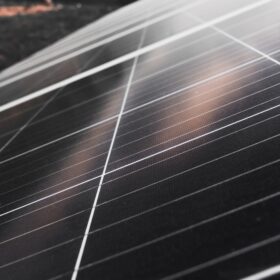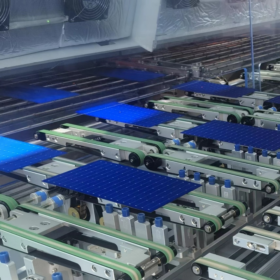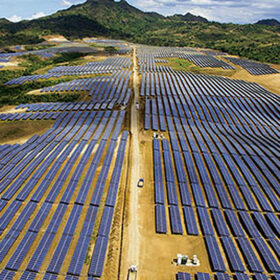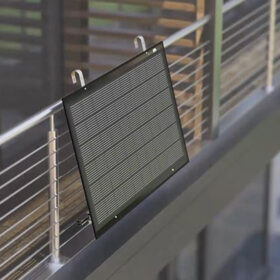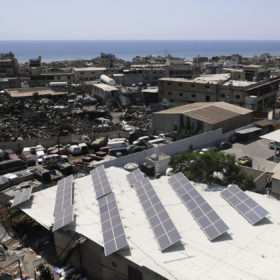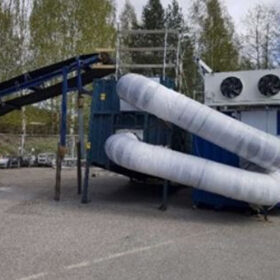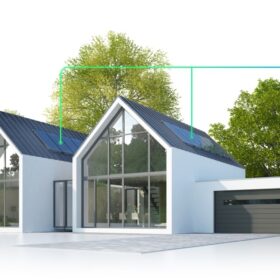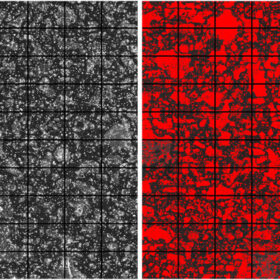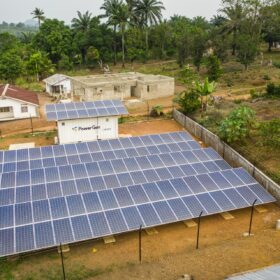Make PV modules as cheap as possible, but not cheaper
In a new monthly column for pv magazine, the International Solar Energy Society (ISES) explains how reducing glass thickness in PV modules may fracture the solar industry, impacting PV module and PV tracker suppliers, engineering, product and construction companies, and PV plant owners.
Chinese PV Industry Brief: Akcome sets up pilot factory for perovskite PV cells
Akcome says it hopes to soon start commercial production of its heterojunction (HJT) perovskite solar cells, but it has yet to provide a specific time frame.
Solar Philippines begins working on 4 GW solar park
Solar Philippines says it has broken ground on what it touted to be the world’s largest solar array – a 4 GW solar park spread across 3,500 hectares of land in the northern part of the country.
Italian startup unveils 350 W balcony TOPCon solar modules
Fly Solartech Solutions Srl’s new 60-cell modules have a power conversion efficiency of 17.87% and a temperature coefficient of -0.27% per degree Celsius. The company offers the panels with 300 W, CEI-021-certified microinverters featuring 96.5% peak efficiency.
Lebanon introduces peer-to-peer renewable energy trading
The Lebanese parliament has ratified a new law that allows peer-to-peer renewable energy trading between private sector entities, in addition to enshrining net metering in the country’s legal system for the first time.
Solar-assisted heat pump for biomass drying
Scientists from Finland have built an experimental system that allows the drying of woody biomass with solar thermal energy and a heat pump. They claim PV may play a complementary role in the proposed setup.
Homeowners improving solar-plus-battery payback period with VPPs
Virtual power plants (VPPs) coordinate home energy resources, dispatching power to the grid at key times of high electricity demand in exchange for compensation.
More than half of eligible schools enlist in new solar scheme in Ireland
Ireland’s Department of Education says that just over 900 schools out of 1,600 eligible facilities have signed up to participate in the government’s first round of the Solar for Schools Programme, a nationally funded scheme to cover the costs of 6 kW roof-mounted solar installations.
Researchers apply thresholding to PV soiling image analysis
Thresholding methods have commonly been used to characterize the soiling accumulated on glass coupons. Researchers led by the Sapienza University of Rome have identified 16 automatic thresholding methods that may be used for analyzing soiling on PV panels.
Asantys Systems offers containerized solar-storage solutions in Sierra Leone
Asantys Systems has developed containerized solar-storage solutions in Sierra Leone, featuring solar containers with capacities ranging from 30 kW to 130 kW. The containers include inverters from German manufacturer SMA and batteries from Hoppecke Batterien.
